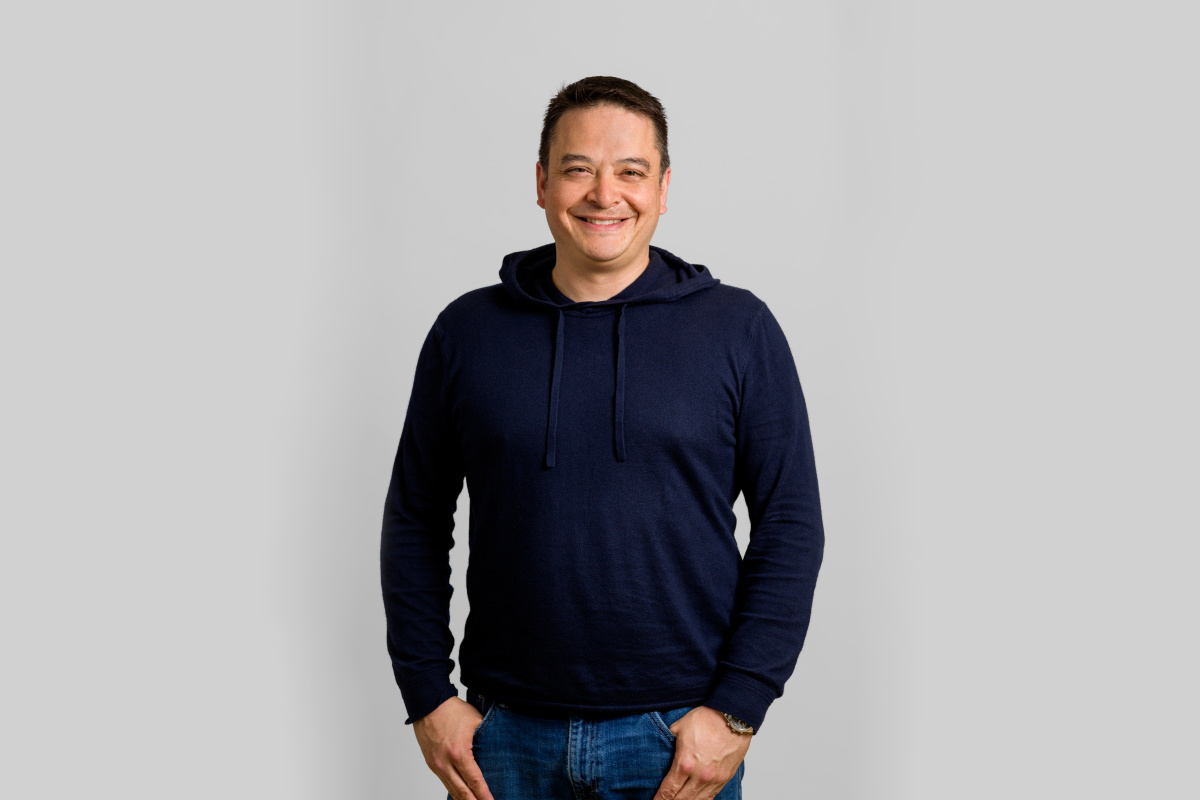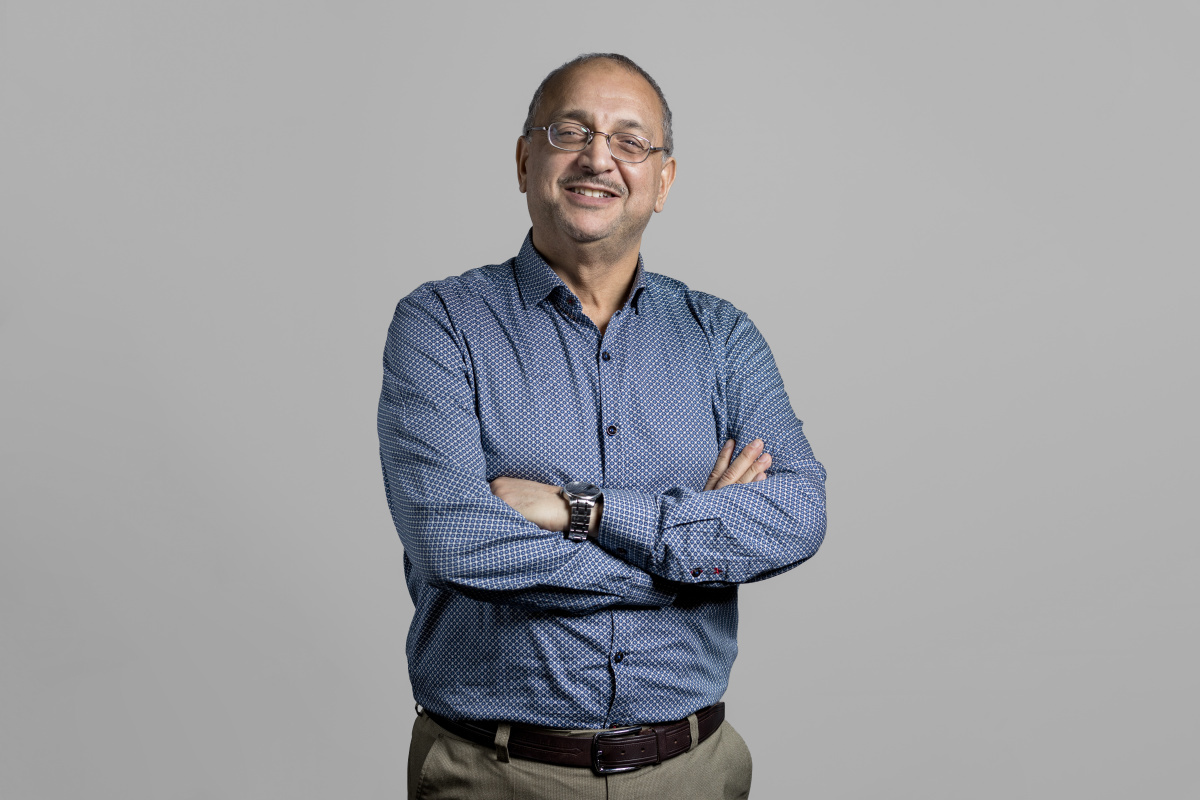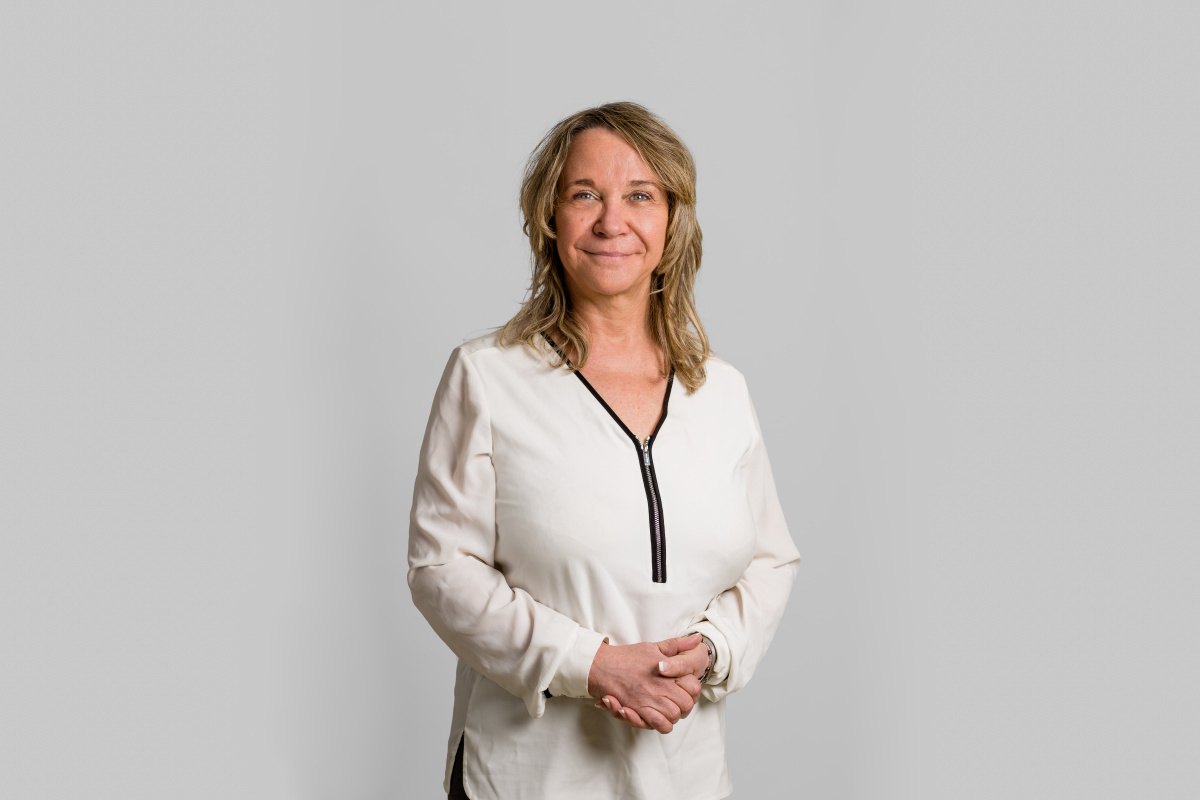Interventional Imaging Laboratory
The main objective of the Interventional Imaging Laboratory (LIVE – Laboratoire d'imagerie interventionnelle) is to study innovative solutions for navigation assistance in the medical field. We specialize in the reconstruction and automatic analysis of anatomical structures using medical images.
Areas of expertise:
- Medical image analysis
- Computer vision
- Augmented reality
- Artificial intelligence
- Machine learning
- Pattern recognition
Research
Our research focuses on three main topics related to interventional imaging:
We use artificial intelligence to analyze images of vascular structures.
We have proposed a number of approaches for the segmentation, monitoring, recalibration and 3D reconstruction of vascular structures to assist clinicians in their practice. Our work has led to significant breakthroughs in the analysis of X-ray images, and allows for better management of exposure to ionizing radiation during heart surgery.
Funding: Natural Sciences and Engineering Research Council (NSERC)
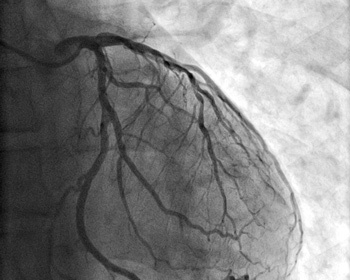
We work with transesophageal echocardiography (TEE), a new ultrasound imaging modality intended to visualize intraventricular communications among patients with congenital heart disease. We have created our own heart replicas using pre-operative images and 3D-printed molds, which enables us to reproduce interventions using ultrasound guidance.
Funding: Fonds de recherche du Québec - Nature et technologie (FRQNT)
We also work with optical coherence tomography (OCT) imaging, which allows us to see inside coronary arteries.
We train image recognition models to better characterize biomechanical properties of tissues (intima, media and adventicia).
Funding: Fonds de recherche du Québec - Nature et technologie (FRQNT), Ministère de l’Économie et de l’Innovation (MEI)
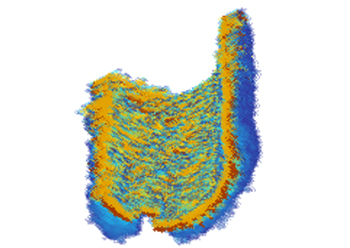
Our team

PhD
- Lynne Hrynkiw (Ballistic image analysis)
- Marie-Eve Le Bouthillier (Ballistic image analysis)
- Melisa Mateu (Ultrasound image analysis)
Master
- Hilary Djuikoua Wouafo (Deep learning for characterizing bone age in scoliosis)
- Nouha Meftah (Vascular structure image analysis)
- Souha Nemri (Ultrasound image segmentation using Vision Transformers)
- Hugo Taeckens (Improving the adjustment of respiratory masks thanks to 3D digitization and finite element analysis)
- Fariba Azizmohammadi, PhD, 2022
- Rémi Martin, PhD, 2022
- Gerardo Tibamoso-Pedraza, PhD, 2022
- Nicolas Massé-Gignac, MASc, 2022
- Edgar Garcia Cano, PhD, 2019
- Houda Kaddioui, MASc, 2018
- Atefeh Abdolmanafi, PhD, 2018
- Binh Phan Tran, MASc, 2017
- Rémi Martin, MASc, 2017
- Lina Gundelwein, MASc (U. Heidelberg), 2017
- Sylvain Beaumont, MASc, 2017
- Faten M'Hiri, PhD, 2016
- Jean-Philippe Martin, MASc, 2016
- Étienne Vachon, MASc, 2016
- Himani Arora, MTech (IT BHU, Varanasi, India), 2013
- Mathieu Plourde, MASc, 2013
- Julien Couet, MASc, 2012
- Jonathan Hadida, MASc, 2012
CHU Sainte-Justine
Through this partnership, we have conducted advanced research work with the first hybrid room in Canada, representing an investment in excess of $6 M from the CHU Sainte-Justine Foundation.
We are currently working in collaboration with radiologists who specialize in cardiology and with cardiologists from the Pediatric Department.
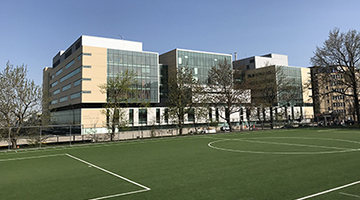
Center for Virtual Imaging Trials
We are also collaborating with the Center for Virtual Imaging Trials at Duke University. We use physical simulation tools that allow for the generation and biomechanical simulation of medical images. These simulation tools, which are used in industry, are extremely important for validating our approaches, thus leading to the proposal of realistic solutions.
Granting agencies
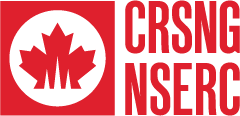
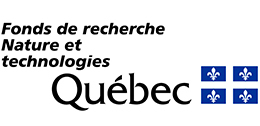
Recruitment
Le LIVE est toujours à la recherche d'étudiants et étudiantes dynamiques et enthousiastes pour faire avancer les connaissances dans le domaine de l'imagerie médicale. Nous recrutons au baccalauréat, à la maîtrise et au doctorat.
Nos projets se font principalement en collaboration avec le CHU Sainte-Justine et visent à concevoir de nouvelles approches pour améliorer la santé des mères et des enfants.
Pour postuler, faites parvenir votre CV, un relevé de notes et un court texte de motivation au responsable du laboratoire, à l'adresse suivante : luc.duong@etsmtl.ca.
Contact us
Interventional Imaging Laboratory (LIVE)
1100, Notre-Dame Street West
Room A-3440
Montréal, Québec H3C 1K3
luc.duong@etsmtl.ca
We are located in the Software and IT Engineering Department at École de technologie supérieure (ÉTS).
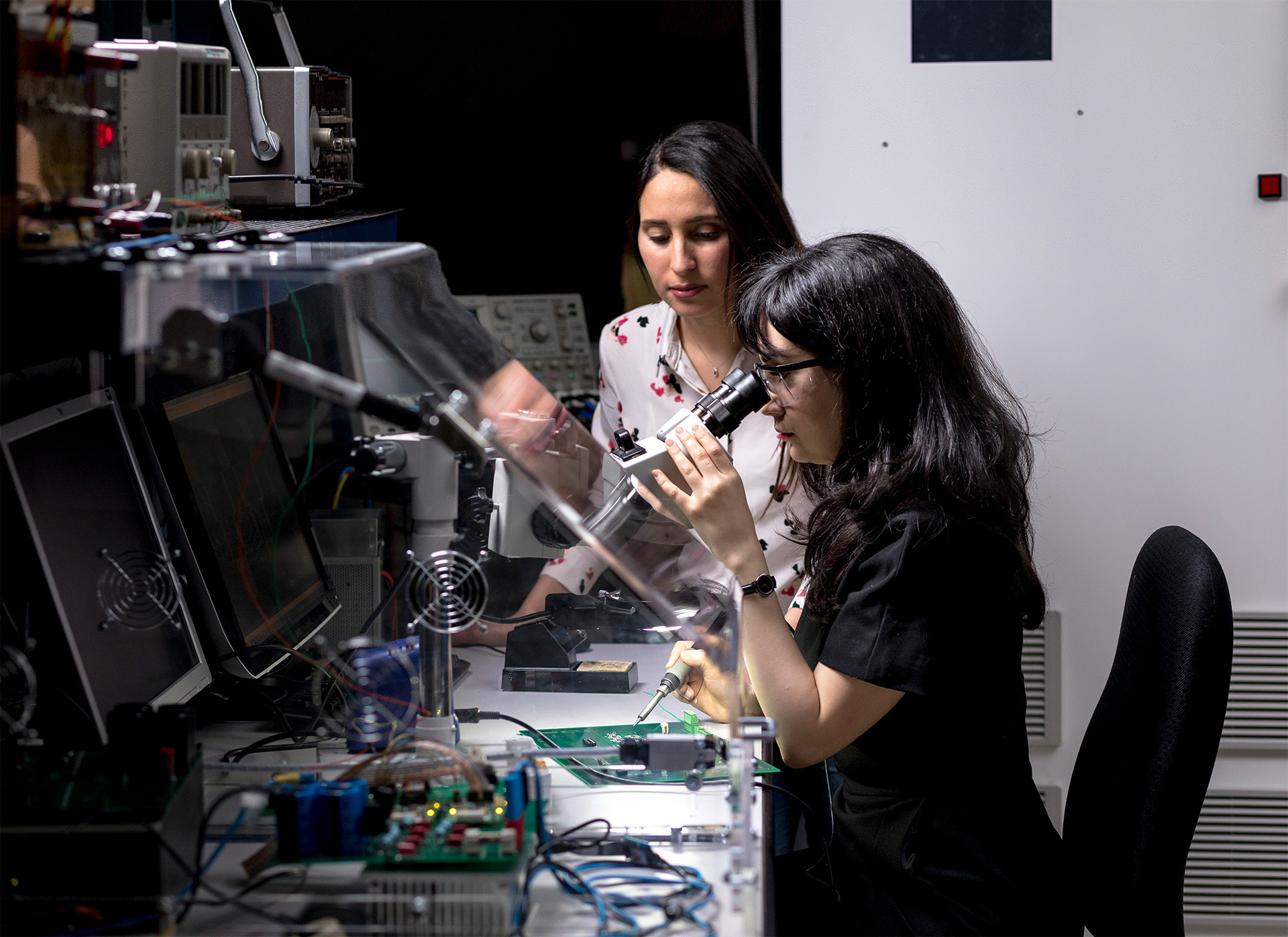
Research at ÉTS
ÉTS provides an ideal environment for conceiving and creating the ideas that will shape the world of the future.

